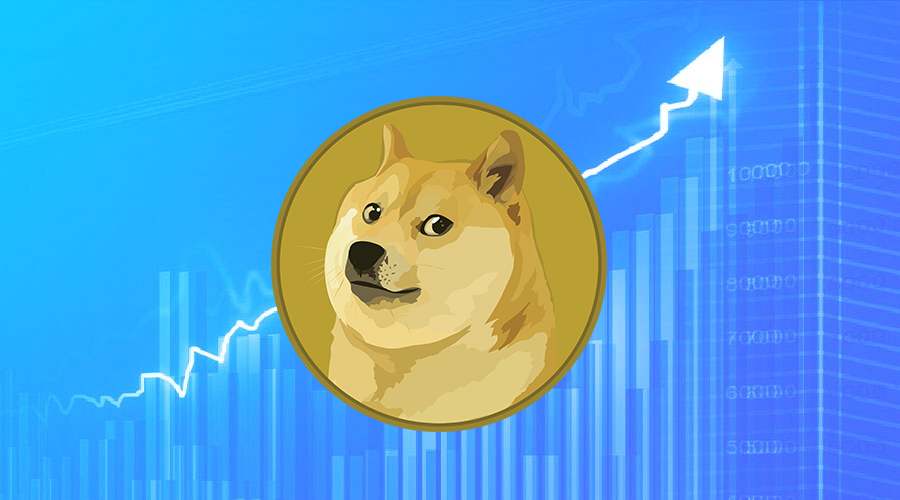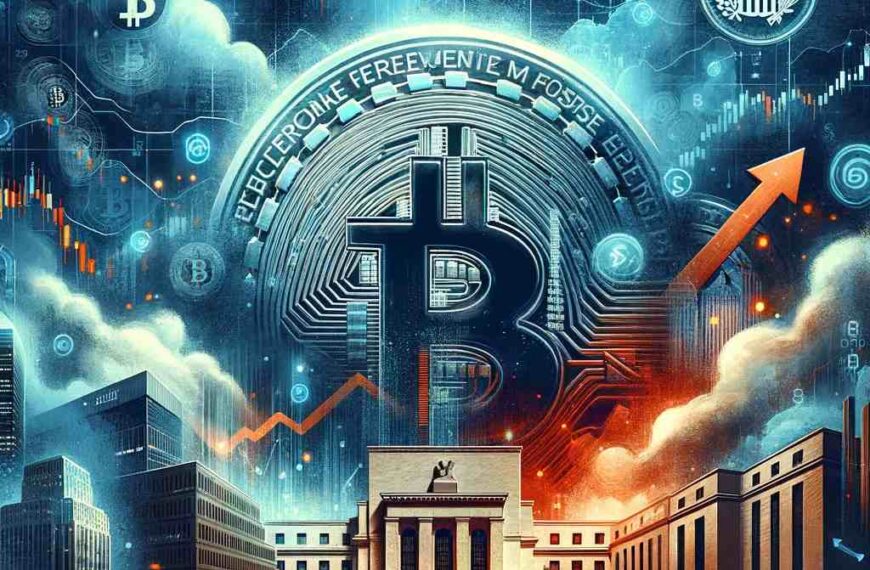
Dogecoin is a cryptocurrency, an altcoin that originated as a joke back in 2013. To the surprise of its creator, it became the third-largest digital currency in the world for a period in 2021, propelled mainly by tweets from Elon Musk.
Dogecoin is one of the older cryptocurrencies, dating back to 2013, when it was worth $0.0001.
Its logo features the Shiba Inu dog, which incidentally is also a cryptocurrency (altcoin) created in 2020 and has grown by thousands of percent during the last altseason.
It is a digital currency with open-source code that was created through a fork from Litecoin in December 2013 by Billy Markus from Portland, Oregon, and Jackson Palmer from Sydney, Australia.
The creators of Dogecoin introduced it as a fun, lighthearted cryptocurrency that would have broader appeal beyond the key Bitcoin audience, as it was based on a dog meme. Therefore, one of the most valuable digital currencies today originated as a joke.
Post Grid #4
The memecoin DOGE is experiencing a surge in the number of individual accounts.
According to data from the blockchain analytics company Santiment, the number of wallets holding Dogecoin (DOGE) has never grown at such a fast pace in the entire history of the oldest dog-themed memecoin. However, there is a catch in the form of accumulation of extremely small accounts.
The value of Dogecoin is down 23% from its peak on December 9th. Nevertheless, wallets holding DOGE coins other than zero are growing at the fastest pace in the ten-year history of the network. In just two weeks, 413,800 new wallets were added, mostly containing 0.001 – 1 DOGE, the company reports.
Santiment also discusses the cryptocurrency market, where it observes an increase in negative sentiment on social media, which, according to the firm, may signal an upcoming growth.
Analysts specifically mention users and the community of the XRP payment network and smart contract platforms Solana (SOL) and Cardano (ADA). According to the company, traders’ negative mood is caused by the absence of growth, to which they became accustomed since the beginning of the bull cycle in October.
XRP, Cardano, and Solana are all moving within a more negative range of crowd sentiment than their historical averages. It is the first time in over six months that this has happened.
When traders start to worry and exhibit FUD (fear, uncertainty, and doubt) across several major assets, it is a sign that market capitalizations are more likely to experience an imminent rebound. Historically, markets move in the least expected direction by the crowd, catching many unprepared short traders off guard, analysts conclude.







